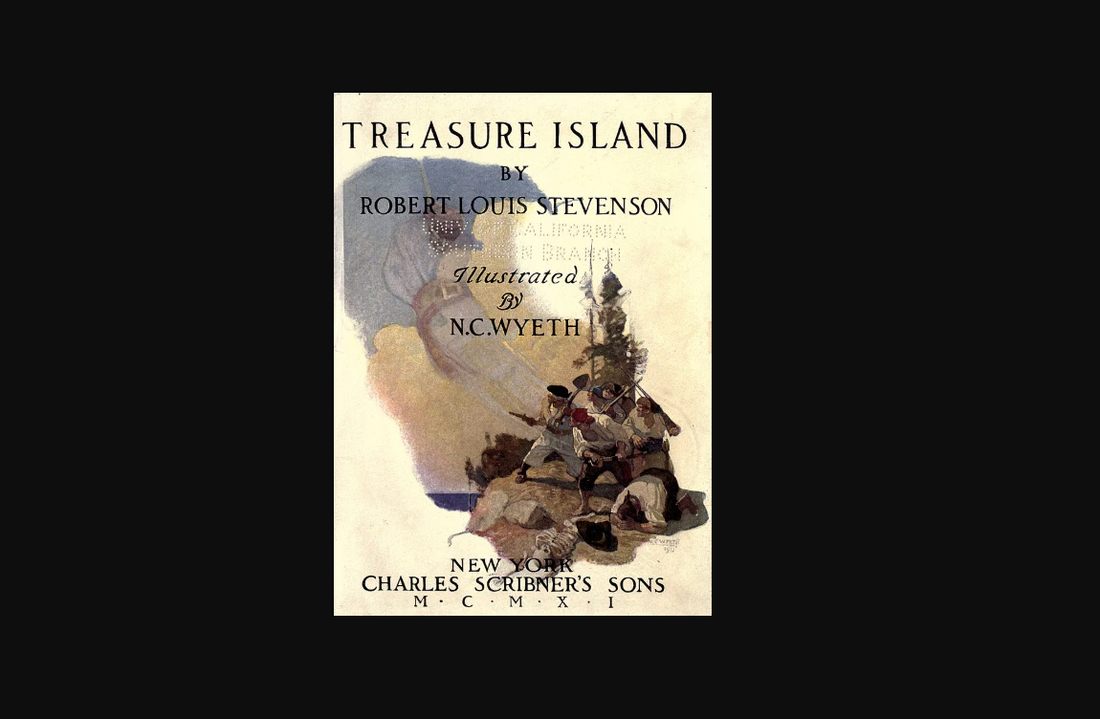
The Black Spot: A Mark of Doom in History and Literature
Share
The Black Spot in Literature
Robert Louis Stevenson's Treasure Island immortalized the black spot as a pirate's death sentence. Within the novel, the black spot is a small piece of paper handed to those marked for disgrace or execution by their fellow pirates. Described as a token of secret judgment, the message conveyed by the black spot is often more terrifying than the punishment itself — a silent harbinger of doom that left little room for escape. The stark simplicity of the symbol, coupled with its secretive nature, gave it an ominous power that has echoed through popular culture ever since. However, Stevenson did not invent the concept entirely from imagination. The black spot mirrors historical practices where symbols of condemnation were used to signal guilt or dishonour. By weaving this motif into pirate folklore, Stevenson cemented the black spot as a literary icon — a representation of fear that transcended the written page.
Historical and Folkloric Origins
The notion of a dark mark as a symbol of judgment predates Treasure Island by centuries. In ancient Rome, black pebbles were used in secret ballots to cast guilty votes during criminal trials — a tradition that tied the colour black to condemnation. Similarly, during the Middle Ages, those sentenced to death or exiled were sometimes given black tokens or marks as a visible sign of their fate. Beyond judicial customs, the black spot found its place in folklore and superstition. In some traditions, dark markings on the body were seen as portents of death — a sign that the afflicted person was marked by unseen forces. During the Great Plague, blackened sores were a literal mark of death, reinforcing the association between black spots and impending doom. These beliefs seeped into popular imagination, creating a lingering fear of mysterious marks as omens of mortality. Even the act of marking someone for punishment often carried a ritualistic weight. Whether through physical tokens or whispered warnings, the idea of singling out an individual for death mirrored deeper human anxieties about fate, guilt, and the unseen forces that govern life and death.
The Black Spot in Modern Culture
Though its origins lie in ancient traditions, the black spot's symbolism has endured well into the modern era. From pirate films to video games and literature, the black spot continues to serve as a shorthand for inescapable doom. Its recurring presence highlights how certain symbols retain their power across time, tapping into universal fears of judgment and mortality. In pop culture, the black spot often appears in stories where fate seems inevitable — a mark of death that cannot be escaped. Films like Pirates of the Caribbean: Dead Man's Chest (2006) reimagined the black spot as a cursed brand, while TV series and games have borrowed the motif to signal unseen threats looming over characters. The longevity of the black spot speaks to its primal resonance. Whether rooted in historical customs, folklore, or fiction, it embodies the fear of being marked — not just for death, but for judgment without appeal. The simplicity of the black spot makes it all the more haunting: a small, dark sign that carries weight far greater than its size.



